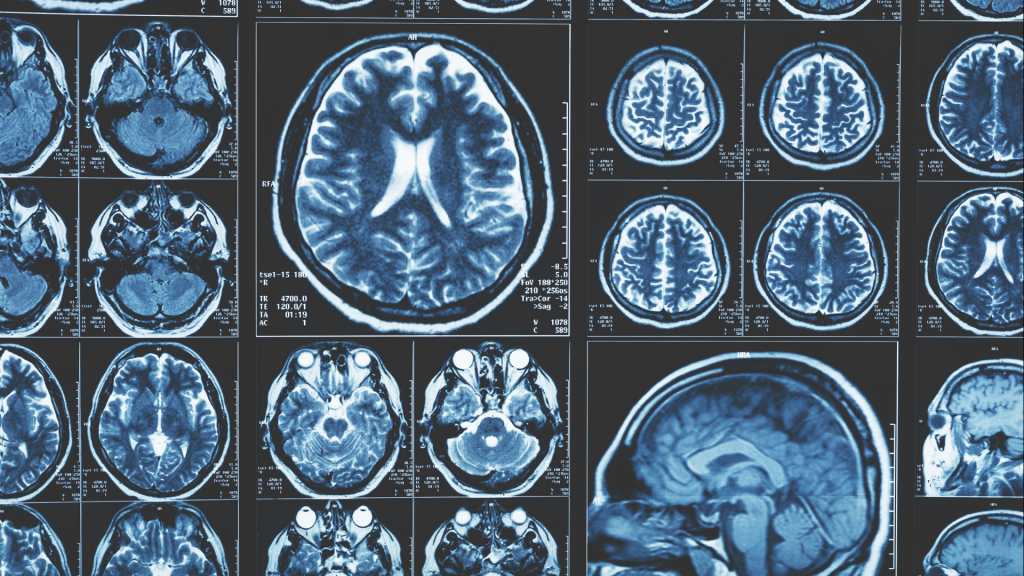Exploring the Relationship Between Football Head Impacts and Neurological Decline
Football is the world’s most popular sport. It is played by roughly 270 million people in over 200 countries – equating to almost 4% of the world’s population.
The rules of today’s game seek a balance between high intensity play and injury risk prevention. The risk of injury is normally seen in player-to-player contact such as in a high impact tackle or when a player pulls a muscle. More recently, however, there have been theories developing around the repetitive heading of a football, and how cumulative mild impacts to the head and brain can lead to quite severe neurological decline later in life.
There is growing concern of both concussive and sub-concussive impacts in the sport, influencing researchers across the globe to investigate the ill-effects; consequently leading to the banning of heading in football for children under ten years old in the US – with similar legislation shortly following for training in the UK (u12s).

The Problem
The problem of head injuries in football comes as a double-edged sword. The annual global cost of football head impacts is estimated to be around $3 Billion, placing a large a cost on industry finance and health care systems. Alongside this, the social impact is becoming more prominent, as 1 in 5 of those with mild cognitive impairment will go on to develop dementia later in life; whilst only 1% of those without mild cognitive impairment are diagnosed.
The neurodegeneration from repeated trauma to the brain is a known as Chronic Traumatic Encephalopathy (CTE), which can present symptoms such as varied emotional control, functional decline (including memory) and eventually death. CTE is the more popular term nowadays due to its association with common contact sports such as Football, American football and Rugby, however this condition originated from Boxing. The term first used for these repeated sub-concussive blows to the head was known as ‘Punch-Drunk’, or ‘Pugilistic Dementia’ – quite literally meaning dementia of a fighter.
The Statistics
Head and neck injuries account for up to 22% of all football injuries, and represent 1.7 injuries per 1,000 playing hours. Concussion incidence is reported at around 0.5 per 1,000 playing hours. Therefore, an individual is 3-10 times more likely to suffer another concussion if they have had one before. The harsh reality that as little as 3 concussions can end a professional sportspersons career.
Epidemiology of injuries runs parallel between Men and Women, with roughly 60% of all head injuries being a consequence of either a clash of heads or with an opposition elbow – with 5% of head injuries caused solely by ball impacts.
Another demographic that has caused widespread concern are youths. 3,35 million children aged between 5 and 16, globally every year. Young players do have not fully developed skulls and so their heads are more prone to long term injury when affected by high brain accelerations. For young players, heading is a complex skill. Given the propensity of youth players of all ages to purposefully head the ball, emphasis has been put on coaches to instruct proper heading technique to those relevant age groups.
Concussions are 5-7 more likely to occur in games than in practices due to the higher intensity, however the frequency of headers is much higher during practice, so players could well be more susceptible to more low-G sub-concussive blows during their training time. A regulation ball when struck in the professional game can travel up to and beyond speeds of 30m/s, but normally most heading occurs with balls travelling at 20m/s. Impacts at these speeds can produce a force of 15-25G on the head, translating to a 15% risk of mild traumatic brain injury (MTBI) upon each impact.
The Solution
The Impact Detect research team are refining measurement technology and computation in order to simulate the motion of a football and a player’s head, further expanding our knowledge surrounding the relationship between heading events kinematics and CTE.
Our review of both market and academic information surrounding head impacts in ball sports has identified many areas of lower quality information or even unknowns in relation to this topic.
The Impact Detect sensor is built from state-of-the-art technology that had originally led AiM Technologies Group to become global leaders in Motorsport data logging.
The sensor technology has evolved and is implement in our bespoke football-based laboratory experiments, using world leading head injury test rigs – these can simulate both linear and rotational violence from ‘real-world’ events. Our methodology takes a holistic approach to head impacts, considering linear (skull fracture), rotational (mild traumatic brain injury) and peak velocity (deeper level brain strains).
This complex data allows us to better understand what actually happens to the head and neck during different severities of impacts. Using our bank of lab data as a benchmark, we test Impact Detect in-Field to collect real world data. This synergy of data sets puts us in the optimum position as world data experts, offering improved safety protocols and increased impact awareness.
Though our insights and real world data collection make us leaders in our field across a range of ball sports, motorsport, industry and healthcare.
About Impact Detect
Impact Detect patented impact detection technology is small, lightweight, low-cost, robust and battery powered.
These properties make our technology easy to integrate within both new and existing helmets, PPE or monitoring equipment with little or no issues relating to weight or wearer comfort. To date Impact Detect solutions have been integrated for use in the motorsport, mobility and team sport markets. The use cases for Impact Detect technology span virtually any market where a helmet is required, from mining and construction, to military, rescue services and sports.
